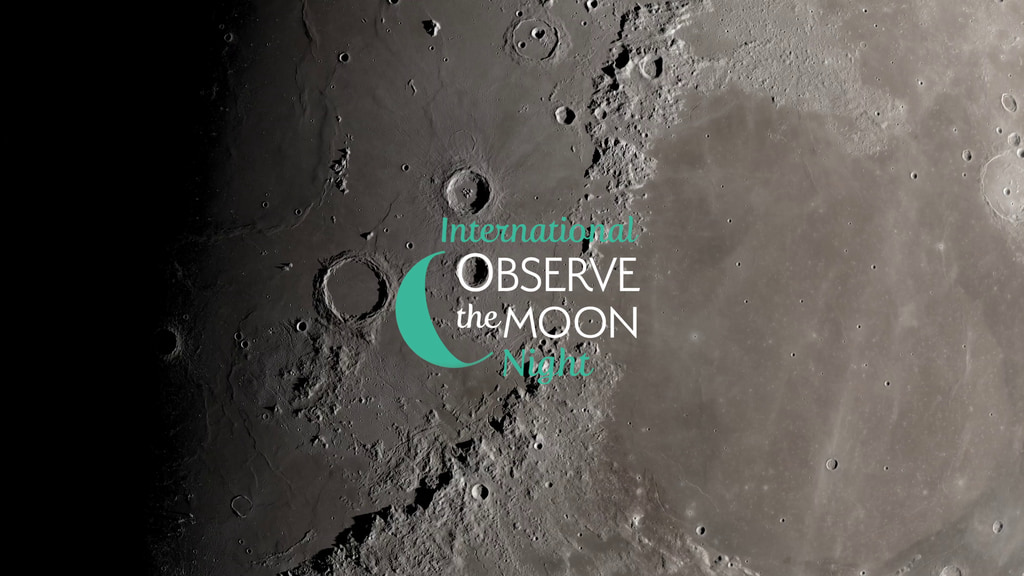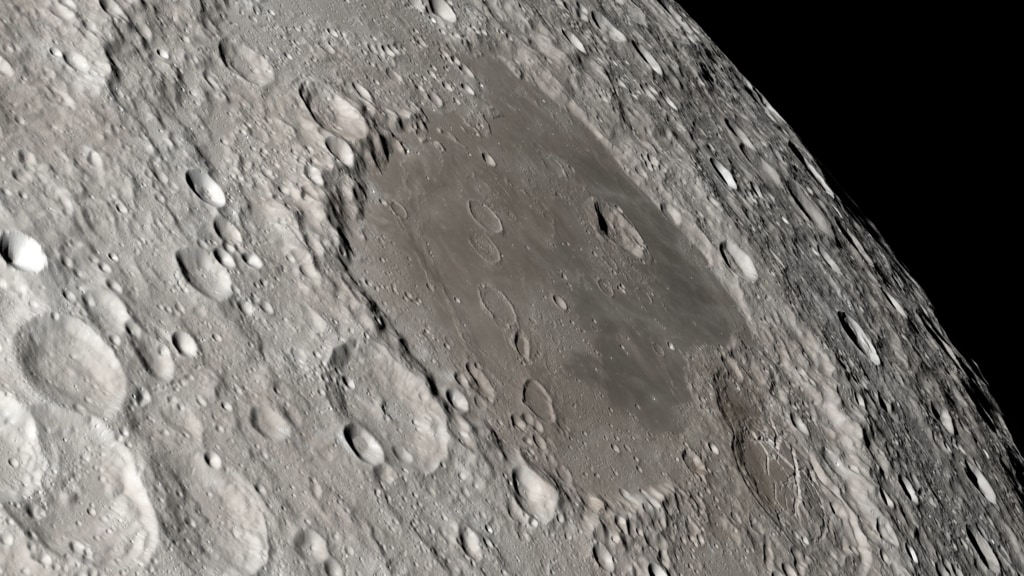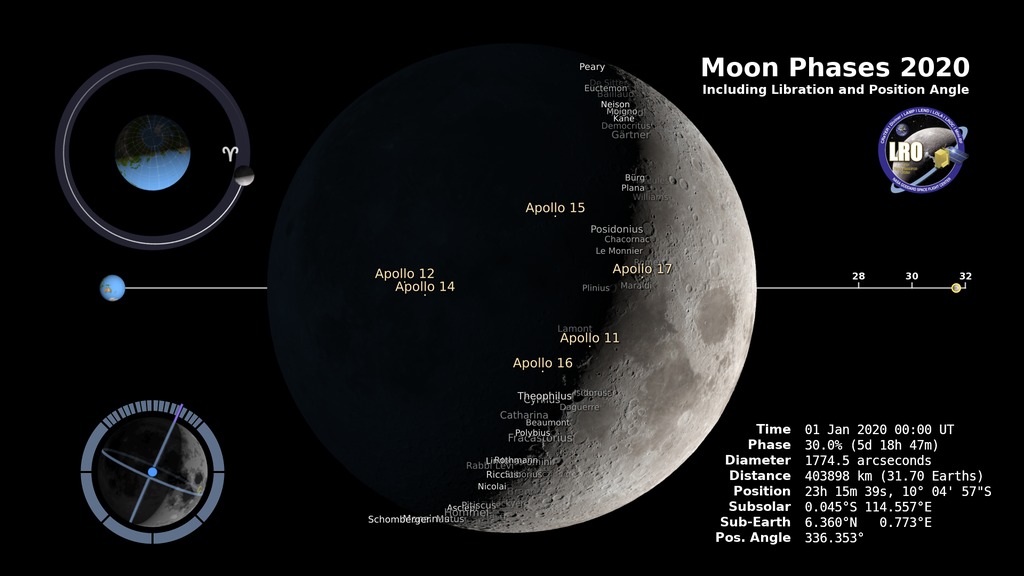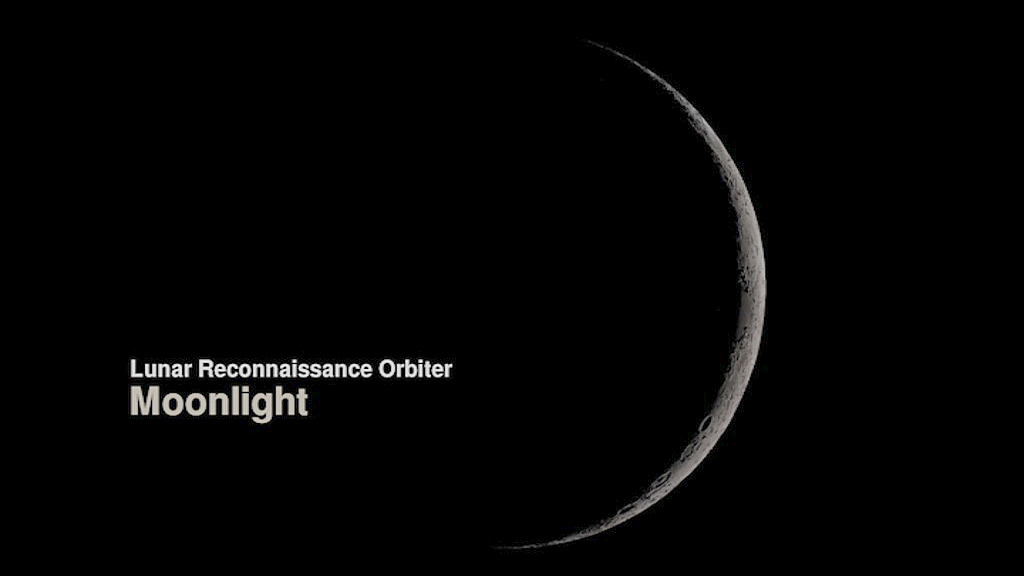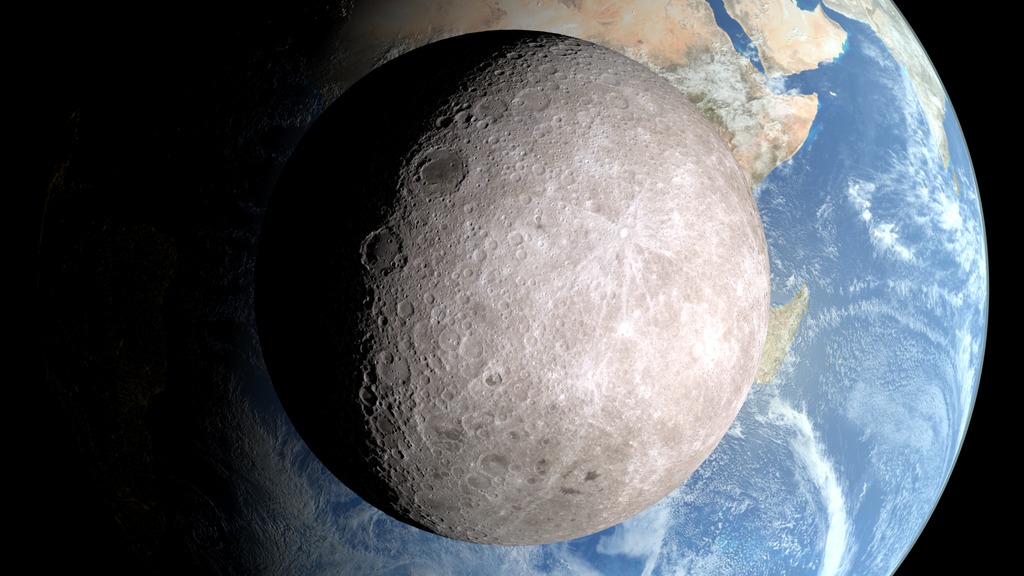International Observe the Moon Night live shots

Quick link to associated B-ROLL for interviews.
Quick link to canned interview with Andrea Jones NASA Public Engagement / Director, International Observe the Moon Night
Click here to find out more about this year's International Observe the Moon night
Chat with a NASA Expert about what to look for this weekend! B-roll for International Observe the Moon Night Live Shots Canned interview with Andrea Jones / NASA Public Engagement / Director, International Observe the Moon Night. TRT 4:39. Answers are separated by a slate with the question. Includes transcript
Catch up on NASA’s plan to return to the Moon to advance lunar science.
A fantastic time to observe the Moon is upon us, learn how your viewers can participate in this global event.
In this time of social distancing, connecting with others means more than ever. People all over the world are coming together this weekend to observe the Moon and celebrate past, present and future lunar exploration. Chat with NASA experts on Friday, September 25th from 7:00 a.m. to 1:00 p.m. EST to preview how your viewers can join in the global celebration of International Observe the Moon Night and catch up on the latest in NASA’s preparations to send the next astronauts to the Moon.
This weekend will be the BEST time to view the lunar landscape, because the Moon will be half illuminated in its first quarter phase. Viewers will see a stunning landscape of lunar mountains and craters along the line between light and dark – day and night on the Moon. And there’s an extra special treat this weekend: because of the Moon’s slight apparent wobble in its orbit around the Earth, we will get to peek around the edge of the Moon, glimpsing what’s usually hidden on its far side.
Through the Apollo program, humans first stepped foot on the Moon in 1969, and NASA continues to build on that legacy. NASA launched the Lunar Reconnaissance Orbiter (LRO) in 2009, and since then it has collected more data than all other planetary science missions combined. This data helps us further examine the places the astronauts walked 50 years ago, and is paving the way for the next humans to step foot on the Moon with the Artemis program in 2024.
As we remember the past, we look towards the future with the Artemis program. NASA will land the first woman and next man on the Moon, using innovative technologies to explore more of the lunar surface than ever before. We will collaborate with our commercial and international partners and establish sustainable exploration by the end of the decade. Then, we will use what we learn on and around the Moon to take the next giant leap – sending astronauts to Mars. Our Lunar Reconnaissance Orbiter has been at the Moon for 11 years now, providing a wealth of data on the Moon’s resources.
Viewers can learn more about NASA lunar science and participate in International Observe the Moon Night from any location. To learn more, register participation and find recommended activities, tips and resources to host and evaluate events, and much more, viewers can visit the International Observe the Moon Night website: moon.nasa.gov/observe.
Schedule an Interview
To schedule an interview, please fill out this form: https://forms.gle/k8UG7dKrRCULQ28J9
Interviews will be conducted using video chat programs including Skype in 15-minute slots. For example 600-615 ET, 615-630 ET, etc. Satellite interviews are not available.
Spanish interviews are available
Participating experts include:
Noah Petro / NASA Scientist
Kelsey Young / NASA Scientist
Lucas Paganini / NASA Program Scientist [Interviews in Spanish]
Andrea Jones / NASA Public Engagement / Director, International Observe the Moon Night
Molly Wasser / NASA Public Engagement / Deputy Director, International Observe the Moon Night, Voice of NASA Moon Social Media
Brian Day / NASA Public Engagement / International Observe the Moon Night Team
Francisco Andolz / NASA Mission Director For Lunar Reconnaissance Orbiter [Interviews in Spanish]
Ernie Wright / NASA Data Visualizer
Suggested Questions
What is International Observe the Moon Night and why is this a great time to look at the Moon?
The first quarter Moon is a great time to go outside and look at the Moon. Can you tell us what we should be on the lookout for this weekend?
Tomorrow night, there’s going to be six hours of programming all about the Moon accessible to people all across the world. How can our viewers participate?
This is an exciting time for lunar science and exploration. NASA is sending astronauts to the Moon in 2024 with the Artemis mission. What do we hope to learn by sending people back to the Moon?
NASA has been studying the Moon in unprecedented detail with the Lunar Reconnaissance Orbiter – or LRO – for 11 years. What are some of the most surprising things we have learned about our Moon?
Are there any resources that can help people interested in observing the Moon and where can we find out more about International Observe the Moon Night? [moon.nasa.gov/observe]
Fun Facts
The dark areas on the Moon are cooled lava.
The coldest measured surface in our solar system is on the Moon. Some places on the Moon are colder than the surface of Pluto!
NASA’s Lunar Reconnaissance Orbiter just passed its 50,000th orbit around the Moon and has taken over 2.9 million images.
We know the shape of the solid surface of the Moon better than the shape of the solid surface of the Earth.
NASA just opened several previously unopened samples from Apollo.
NASA TV and social media channels will host a 6-hour broadcast, from 5:30 PM ET - 11:30 PM ET [21:30 UTC - 3:30 AM UTC, September 27].
Credits
Please give credit for this item to:
NASA's Goddard Space Flight Center
-
Producers
- Michelle Handleman (USRA)
- Madison Arnold (NASA/GSFC)
- Courtney A. Lee (ADNET Systems, Inc.)
-
Technical support
- Aaron E. Lepsch (ADNET Systems, Inc.)
Release date
This page was originally published on Tuesday, September 22, 2020.
This page was last updated on Wednesday, May 3, 2023 at 1:44 PM EDT.

